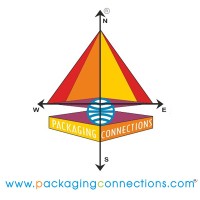
Total energies & ecolab introduce heavy ...
TotalEnergies and Ecolab have partnered to launch plastic packaging incorporating recycled material that will contrib

TotalEnergies and Ecolab have partnered to launch plastic packaging incorporating recycled material that will contrib
Easter 2023 is proving to be a strong year for new chocolate Easter egg launches.
International Paper, a world leader in the fiber-based packaging and absorbent pulp industry, has announced major inv
The mandatory deposit on certain one-way beverage bottles has existed in Germany since 2003.
Ypsomed and Mediq announced the agreement on the sale of DiaExpert on 28 October 2022.
Efforts centered around this mission have been paying off, and in 2020, BMW was recognized as the world’s most sustai
ProAmpac, a leader in flexible packaging and material science, joined with SBM Life Science, a leader in lawn and ga
The new technology involves printing readable content on the entire package, allowing any point of it to be scanned t
Leading alt-format wine brand When in Rome is set to launch its range of recycled pape
Rabbit Hole Distillery, located in Louisville, KY, produces their own recipes of one-of-a-kind super premium American
Minimising environmental resources and maximising material lifecycle, the partnership sees Cranswick Convenience Food